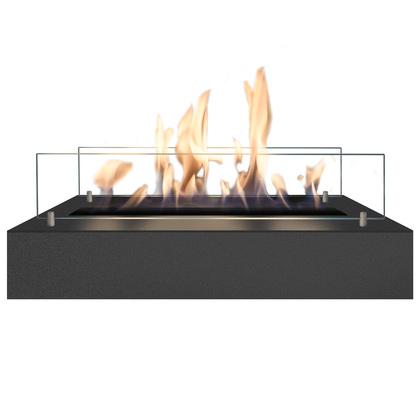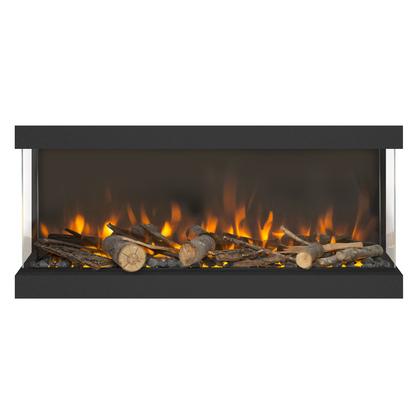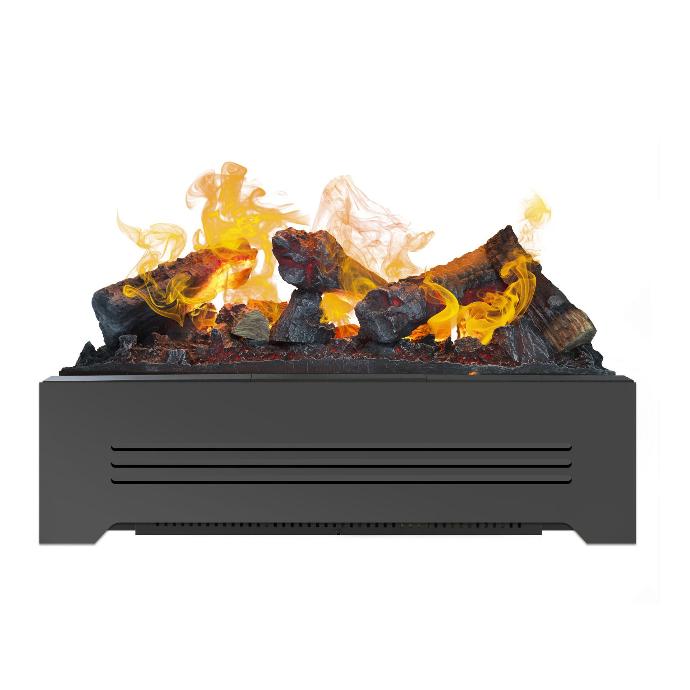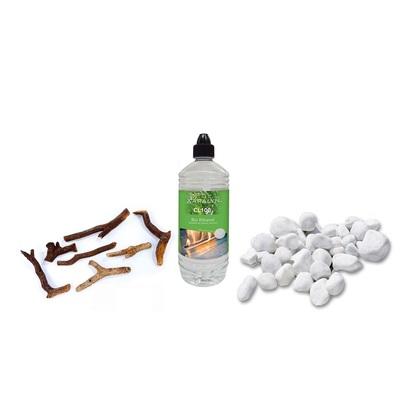Make your own bioethanol table fireplace: Clever DIY or dangerous fire hazard?
Thinking of making your own bioethanol table fireplace? On platforms like TikTok, Instagram and YouTube, more and more videos show DIY enthusiasts creating a cosy tabletop fire using just a few simple materials. With titles like:
- “DIY fire bowl with budget store pot”
- “How to make a fire bowl for your coffee table”
- “Budget bioethanol fireplace in 3 steps”
It all looks fun, affordable and atmospheric—but is it really safe?
The trend: making your own bioethanol burner
The method is simple: buy a ceramic pot, a metal container, some cotton wool or ceramic fibre, pour in bio-ethanol, light it—and there’s your homemade burner.
Some even build full-size fire tables using concrete or tiles.
It may seem like the perfect combination of creativity, savings and ambiance. But here’s what people often forget: you’re handling a highly flammable liquid in a homemade object without any safety mechanisms.
The dangers of DIY bioethanol burners
Bioethanol is a clean and renewable fuel, but it’s also extremely flammable. Used incorrectly, it can lead to life-threatening situations.
🚫 Invisible flames
Bioethanol burns with an almost colourless flame. It may appear extinguished when it’s still burning. If you top up the fuel, it can ignite explosively.
🚫 No flame control or shut-off
Professional burners have safety features like flame suppressors, ceramic absorbent material or sealed combustion chambers. Your DIY version has none of these.
🚫 Non heat-resistant materials
Cheap ceramics, metal tins or glue can crack, melt or emit toxic fumes. The result? Fire damage to your table—or worse, burns or a house fire.
🚫 No CE certification or testing
Certified burners are tested for safety, performance and durability. A DIY device is untested and may react unpredictably to heat or fuel spills.
Why certified burners are the safer choice
A safe burner uses a ceramic core that absorbs the bio-ethanol. The fuel evaporates gradually and there’s no free liquid. This reduces the risk of flare-ups and allows you to extinguish or move the burner safely
With a certified burner, you benefit from:
- Flame control and a sealed fuel tank
- Less odour and soot formation
- Clear instructions and maintenance guidance
- Warranty and customer support
Tips if you still want to try it yourself
We advise against it, but if you’re going to make a DIY bioethanol fire anyway:
- Use only fireproof materials like stainless steel or heat-resistant ceramic.
- Place it on a stable, non-flammable surface, away from curtains or furniture.
- Use ceramic fibre to absorb the ethanol.
- Never refill when flames are present or the container is still hot. Always wait until fully cooled.
Conclusion: creativity is great—but safety first
Making a bioethanol table fireplace may sound like a fun DIY project, but the risks are far too high. Unlike candles or wood, liquid fuel can explode on contact with an open flame.
Unless you have technical knowledge and experience, building your own ethanol burner is simply unsafe.
Make the smart choice:
If you want to enjoy a stylish and safe table fire, go for a certified, tested burner. You’ll enjoy peace of mind, ease of use and lower fuel consumption thanks to efficient ceramic technology.
Need help choosing a safe bioethanol burner? Contact us—we’re happy to advise you.



